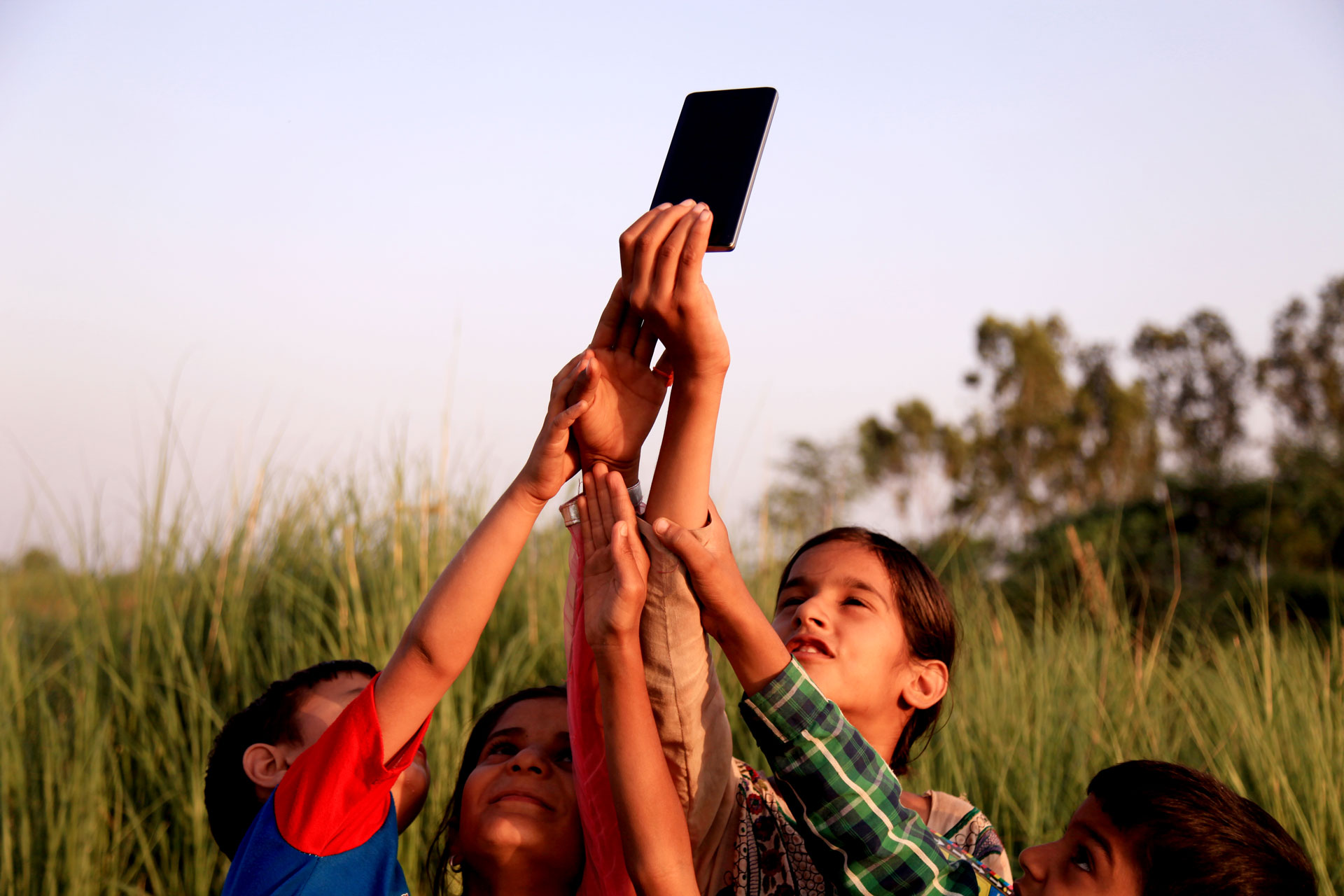Shifting AI’s focus to serve Asia’s digitally disconnected
December 7, 2023 | By Matthew Driver
This article was first published on Financial Times.
With poverty and the challenge of social mobility being so pervasive, the ability of AI to connect underserved communities with technology designed to independently address issues holds immense potential.
Indeed, AI is already showing incredible promise for democratising access to a variety of services that promote financial inclusion, from accelerating the ability to deliver financial literacy to underserved segments to simplifying household budgeting or streamlining tasks like inventory management and payables for small businesses. AI tools can enhance community empowerment by delivering customised guidance and educational content in local dialects, aiding job transitions, and providing skills and financial management capabilities.
At the same time, there is an enormous hurdle to achieving this vision in Asia, and that is one of technology access. According to the latest figures from GSMA, about 1.8 billion people across Asia-Pacific and South Asia are not connected to the mobile internet. Some 20 per cent of the Asia-Pacific population do not possess a mobile phone. This is true of 36 per cent in South Asia. And even as connectivity continues to rise, there are significant challenges regarding the technological literacy of those entering the digital ecosystem.

With more AI-powered tools set to become available to anyone with an internet connection, there is a growing risk of accelerating the stratification between the digital haves and have-nots. As the conversation surrounding the ethical deployment of AI grows louder, it is also important to consider the ethical implications of these systems developing with little or no input from a significant portion of the global community.
Though we are at a worrisome inflection point that could widen the digital and ‘AI divide’, I am optimistic that we can overcome the challenge.
There are some obvious actions that have always been a part of the digital inclusion mix — actions that will need to continue — such as partnering with governments and telcos to increase and improve network coverage, working with handset manufacturers to continue to reduce the cost of internet-ready devices, as well as collaborating with NGOs to provide education and access to these technologies. However, the urgency is such that more needs to be done, and it will necessitate being creative in meeting the digitally underserved where they are, so that they too can benefit from the potential of AI-driven solutions.
Take, for example, those segments of the populations of Asia-Pacific (4%) and South Asia (12%), respectively, that own “non-smart” phones. This sizeable segment of at least 300 million people have some level of connectivity and could be reached using SMS or USSD codes to provide personalised services, whether it be a fintech using AI to assess microloan options for the unbanked or a platform connecting farmers with tailored information about real-time market prices of the goods they are producing like Mastercard does with Community Pass in many markets.

For those currently without devices, analogue identification cards can be connected to digital IDs, which can then be attached to a range of private and government services, including payments, aid disbursement and healthcare. AI can be used to offer more individualised services while reducing the cost of delivery for providers; the resulting data can be analysed to provide a better understanding of the needs of different communities so that government funds can be used in the most precise ways possible.
We also need to consider how we can get these enabling tools into the hands of any organisations that work with the financially and digitally excluded, such as NGOs, fintechs and community banks. These entities can act as hubs to bring connectivity to underserved communities, helping to bridge the gap between cutting-edge technologies and those communities that could benefit the most from them. Capacity building is also crucial since many of these same organisations lack the resources and training in these new technologies, limiting their ability to impact those most in need. Thus, a multi-dimensional effort is necessary.

What I have outlined above is by no means exhaustive, but it is demonstrative of the fact that we need to leverage every platform and conduit possible to connect with the unconnected. Placing the needs of the unserved individual and/or small business at the heart of AI innovation is the key to enabling broad scale economic empowerment and progress. Achieving this will demand a steadfast dedication to ethical innovation from companies, enlightened regulation from governments, and greater clarity in AI operations for the general public. Advanced training in universities will be available for the privileged few who want to be prompt engineers, but the question is how we can ensure that we can harness the same powerful predictive and learning capabilities to help those who need it the most.
Certainly, taking advantage of this formative stage in the deployment of this new technology to create the right environment for all may be our best bet to alleviate poverty. Greater digital inclusion has to be a focus right now, so that AI-driven systems can begin to evolve with a more holistic view of the societies they are being built to serve.
